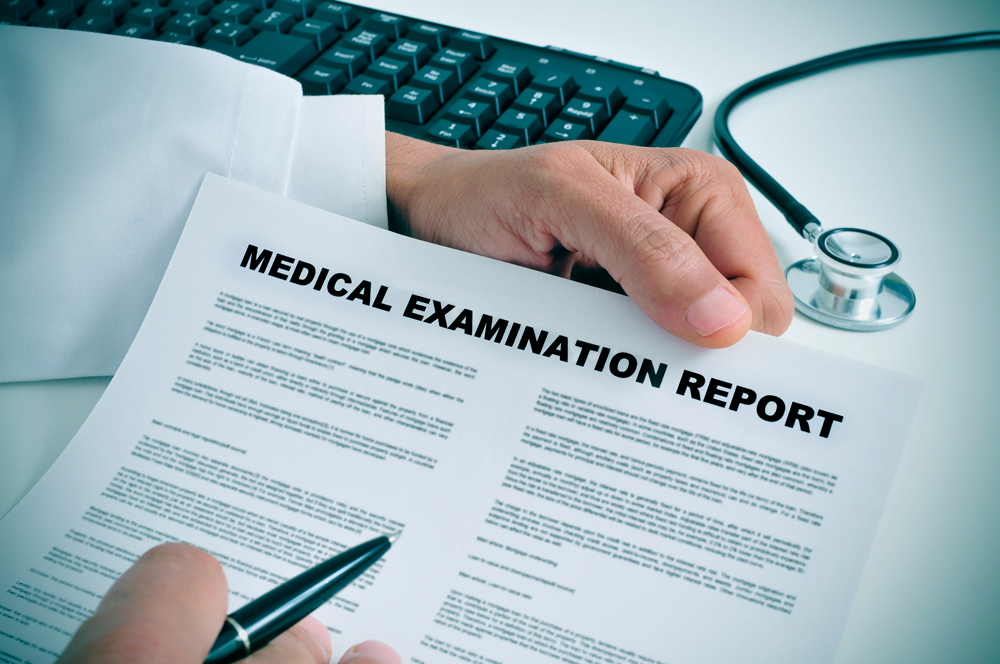With occupational health relying heavily on what is stipulated by your risk assessment, it is highly important to understand the basics of writing a thorough risk assessment. Required by law, a risk assessment should be carried out prior to a task which presents a risk to an individual’s health and wellbeing. You need to be careful though that you understand the difference between a hazard and a risk. A risk assessment is defined as:
“…a careful examination of what, in your work, could cause harm to people, so that you can weigh up whether you have taken enough precautions or should do more to prevent harm…”
Within health and safety management, a risk assessment is vital to reduce risks/hazards within the workplace to try and prevent harm to an employees health and wellbeing; as it is used to record the measures required under the Health and Safety at Work Act 1974
How to write a risk assessment
There isn’t a fixed established way of how to write a risk assessment, however, there are guidelines that should be followed to enable you to cover all areas.
Step 1: Identify Hazards (elements which can cause harm)
Hazards can be categorized into the following categories:
- Physical – Abnormal postures, slips, and trips, dust, and noise, etc.
- Mental – Long hours, bullying, high workload, etc.
- Chemical – Cleaning sprays, asbestos, allergy triggers, etc (review COSHH assessment)
For these to be identified, a simple walk around the working environment and engagement with employees can help identify hazards.
Step 2: Identify those who are at risk and how
Identifying those who are at risk from the hazards in the workplace is important in identifying the correct precautions to take. Those who could be at risk include:
- full time and part-time staff
- visitors
- clients and members of the public.
Step 3: Evaluate the risks and suitable control measures
After assessing the risks and those who are at risk of harm, an evaluation of the level of risk should take place; Along with precautions that can be put in place to reduce the risk level.
Step 4: Record your findings
Whilst producing the risk assessment document, you must make a note of all the findings but focus the report on mainly the appropriate precautions to take. In a constantly changing environment such as a construction site, you will have to also include anticipated risks/hazards. see example below a risk assessment example.
Step 5: Review of risk assessment
New hazards can occur on a regular basis, for example, new equipment, working procedures and introducing new chemicals can create new risks/hazards; Therefore a regular review of the risk assessment must take place.
For further information please click the link to our complete guide to Risk Assessment:
https://www.healthscreenuk.co.uk/wp-content/uploads/2019/04/healthscreen-risk-management-guide.pdf







